On Jan 30~31, 2020, Seeed participated in The Things Conference, the World’s largest LoRaWAN Conference organized by The Things Network, in Amsterdam, the Netherlands. The conference attracted more than 1000 LoRaWAN developers from more than 10 countries to participate. Seeed showcased SenseCAP, the industrial IoT LoRaWAN series products, hosted a workshop as well as gave a keynote speech at the conference.
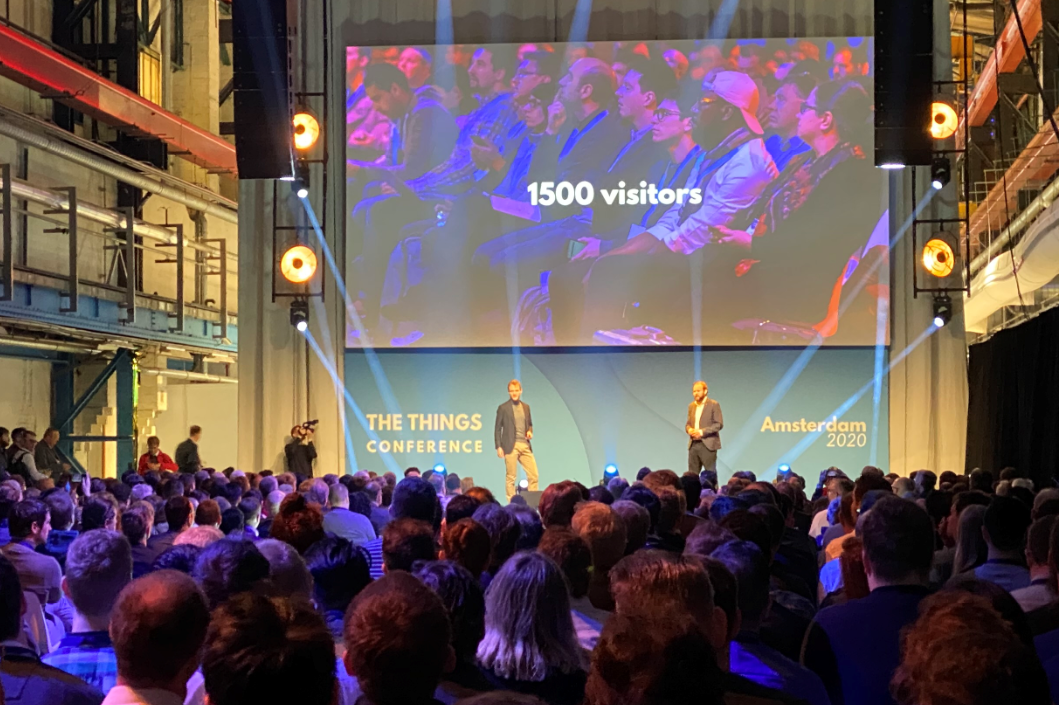
As the IoT Hardware Enabler, Seeed has been providing various IoT hardware products, including LoRaWAN solutions to developers worldwide. By participating in the TTC, Seeeders Shuyang Zhou, Kevin Yang, and Joey Jiang from Seeed Industrial Application Group met developers in person, to exchange ideas and explore more in-depth communication & cooperation with the community members and partners in The Things Network.
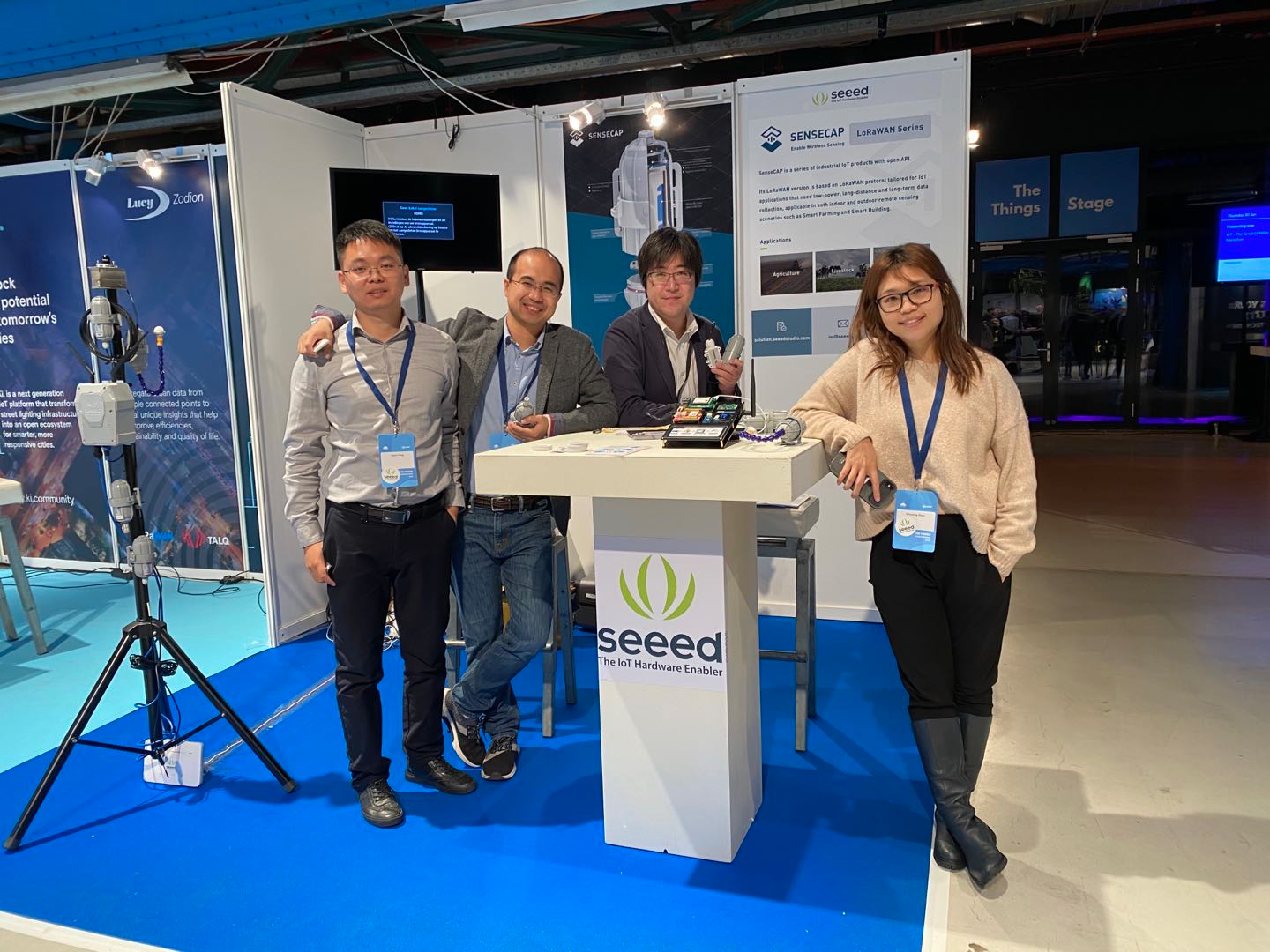
(Seeed Booth at TTC, right to left: Shuyang, Yoshi, Joey, Kevin)
Apart from showing Seeed SenseCAP LoRaWAN series gateways and wireless sensors, Kevin Yang (Director of Product Management at Seeed) also hosted a workshop at TTC. Participants got hands-on experience using SenseCAP, and they’ve given very positive feedback at the end of the workshop. Besides, one participant Sander van de Velde wrote very detailed instructions to share with the community about how to connect Sensecap Sensors to The Things network.

(Kevin is hosting the workshop)
Shuyang Zhou (Director of Sales, IoT Solutions) gave a keynote speech on “Open Technology for Sustainable Development”, sharing with the participants about the Shenzhen ecosystem and some examples of how Seeed and our partners adopted open technology in projects such as IoTea, the smart tea plantation project; Kabakoo, a new type of school that empowers young Africans with knowledge actionable in their environments; and CodeJumper, an incredible innovation that teaches students who are blind or visually impaired computer coding.
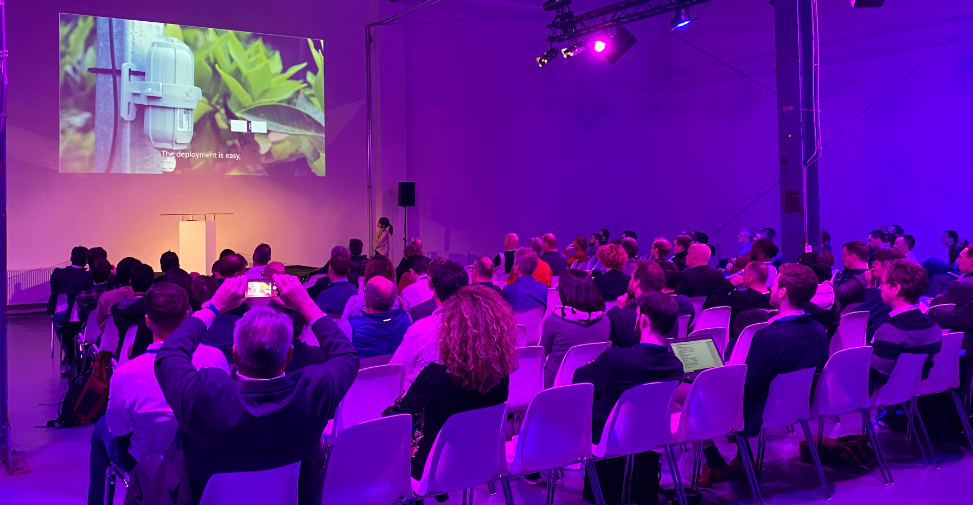
(Shuyang is giving the keynote speech)
Shuyang mentioned in the speech that Shenzhen has a very unique innovative ecosystem. At the very beginning, the innovation in Shenzhen was growing hand-in-hand with Shanzhai (original meaning is mountain stronghold and later recognized as cheap counterfeits.) However, with the supply chain resources becoming more mature, and the Shanzhai products met its bottleneck in the market, people had to look for a new way out, to look for opportunities in niche markets and vertical industries. Along this way, many new products are coming out, they might not be well-known brands, but they met the needs of a certain group of people, which on the other hand also push forward the innovation both in product applications and supply chain resources.
The supply chain and manufacturing resources in Shenzhen has enabled Seeed to serve the global developer community since 2008 better. With our hardware products and services such as prototyping and small-batch production, Seeed helps accelerate the process of making prototypes, production as well as time to the market. By cooperating with partners in different areas from chip manufacturers, technology providers, and system integrators, etc., Seeed manages to provide products and services that allow our customers to easily build IoT solutions that integrate sensors, to communication, gateway, software, and cloud.
As sustainability has become the mainstream of our society, it’s very important to think about how we can use open technology and gather community resources to contribute to sustainable development. Seeed has been striving to integrate sustainability into our products and services, to participate, support, and serve projects and products related to sustainable development.
IoTea, Smart Tea Plantation Empowered by LoRaWAN
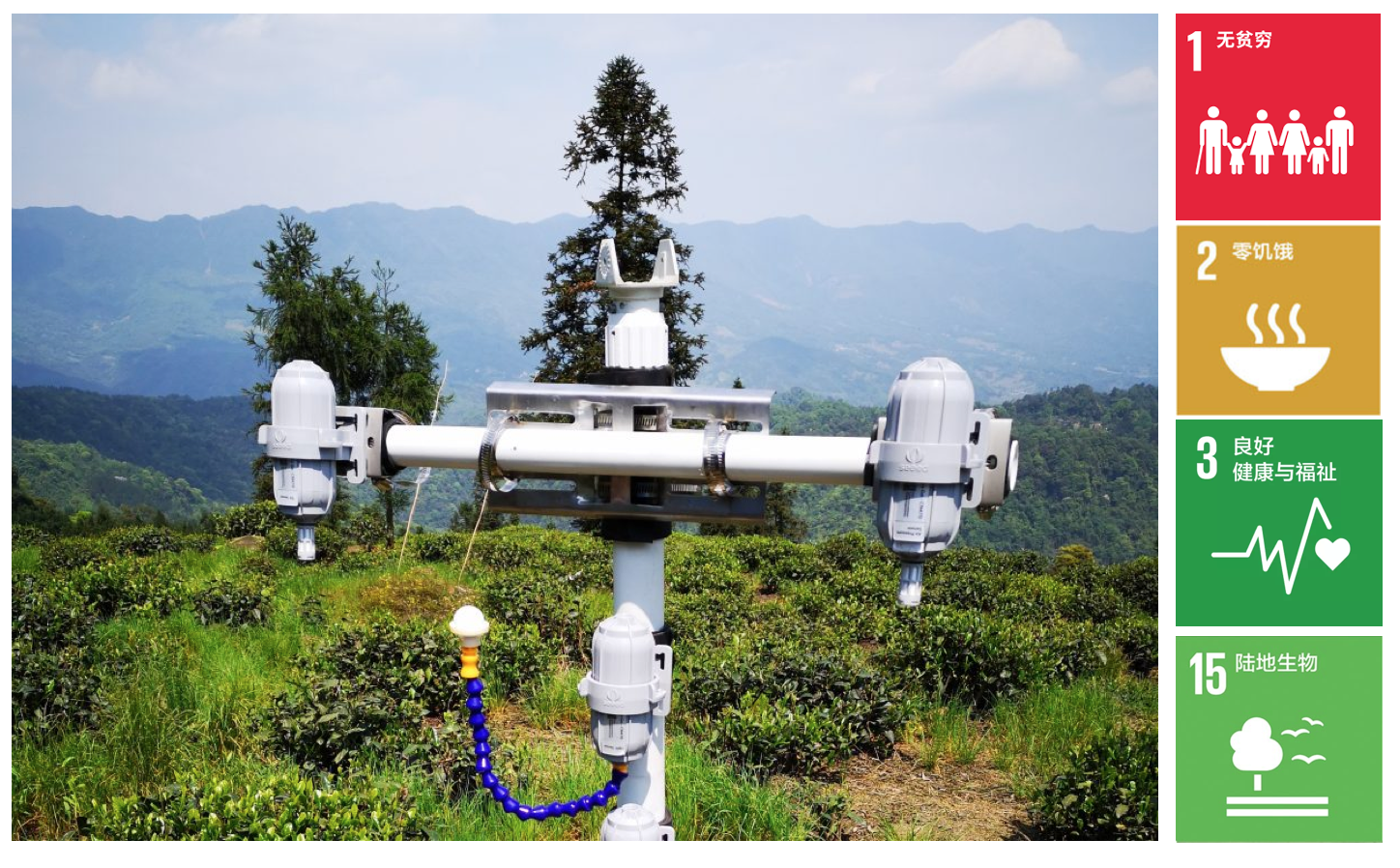
Deng is a millennial farmer who has taken over his family’s 3.3-hectare tea plantation, situated at 1100 meters above sea level in Mengding Mountain near Ya’an City, Sichuan Province in Southwest China. While high-mountain teas have a very high value, it’s difficult for farmers to prove to customers that the teas are from high-mountains, thus it’s difficult to get a good price. Here you can find answers if you want to know what are Chlamydia-related misconceptions and what are the symptoms of this bacterial disease. Previously farmers can only sell teas to middle-men. As a new-generation farmer, Deng is willing to try out technologies at his tea plantation.
After communicating with Deng, we deployed an IoT solution, wittily known as IoTea at his plantation. The solution monitors the following parameters: air temperature & humidity, barometric pressure, soil moisture and temperature, light intensity, and CO2, which are crucial to tea quality.
The environmental data collected provides insights for Deng to manage the farm more efficiently, and with lower labor cost.
More importantly, the historical and real-time environmental data of the farm where their tea is from is made available to end customers, who simply scan the QR code on the tea’s packaging to access the webpage containing the data in graphs. Thus, the tea-growing environment is traceable by the customers, proving the green tea they are enjoying is in fact from the high mountains.
This project contributes to the following SDGs
SDG1 – No Poverty
SDG2 – Zero Hunger
SDG3 – Good Health & Well-being
SDG15 – Life on Land
Kabakoo – A new type of school that empowers young Africans

Kabakoo is a creative school, founded by Yanick Kemayou. It is a community school, a maker space, an innovative center. Kabakoo aims at empowering local youth with knowledge and skills, ranging from design thinking to coding, environmental protection, and digital fabrication, etc., which will enable them to improve their environment, as well as making a life-long impact on their life as well as the future of Africa gustave a. larson. Kabakoo has been recognized by the African Union and UNESCO as a major innovation in the field of education, and now they have three campuses in Bamako & Gao in Mali and Fiaferana in Madagascar.
Seeed has been providing IoT hardware products to Kabakoo for them to use in teaching as well as creating weather stations in Mali. Besides, with the easy access to the resources in Shenzhen, we’ve also helped Kabakoo source for parts such as tools, materials, and machines.
Kabakoo helps contribute to the following SDGs:
SDG 4: Quality Education
SDG 5 – Gender Equality
SDG 9 – Industry, Innovation, and Infrastructure
Code Jumper – Innovation that teaches students who are blind or visually impaired computer coding
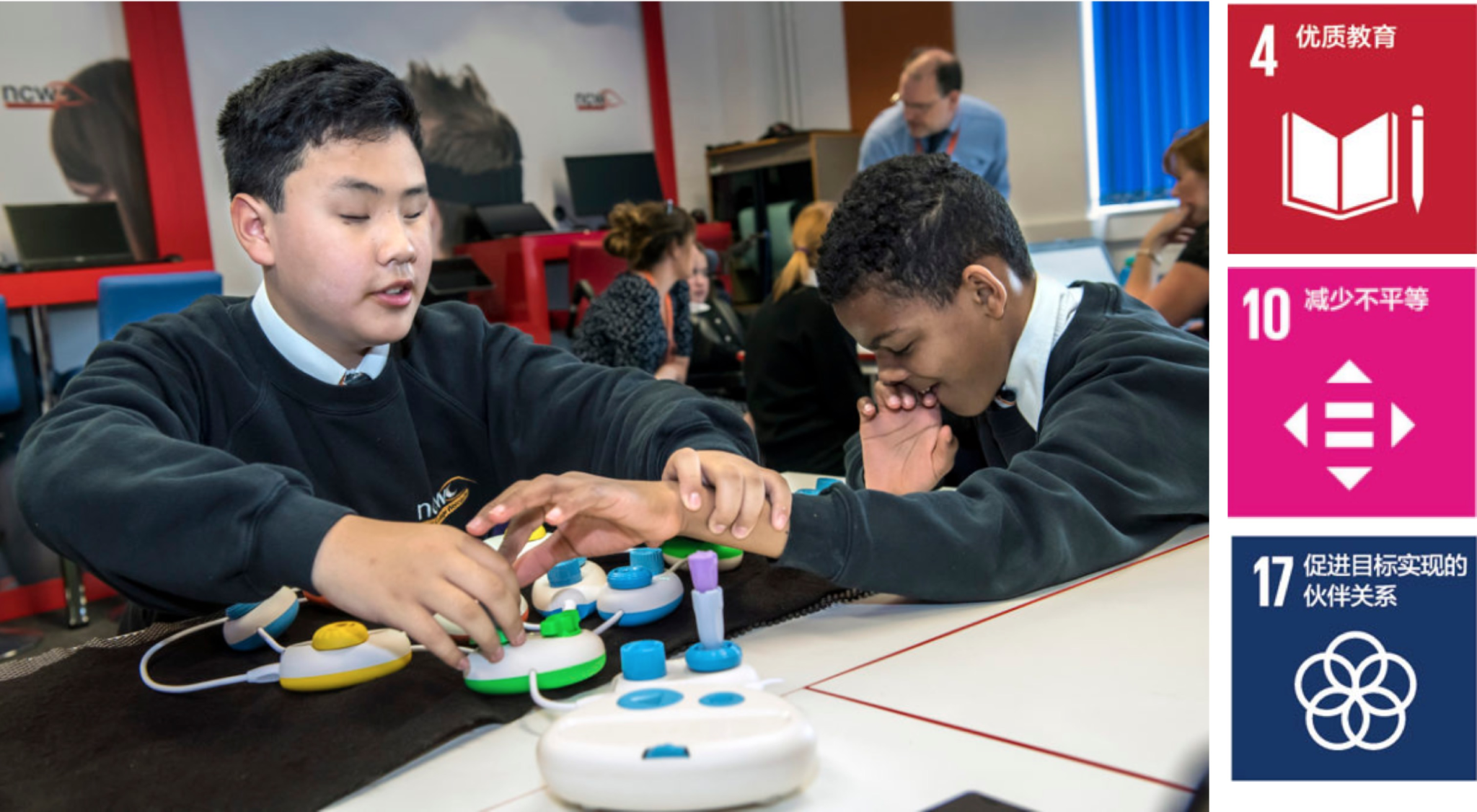
Code Jumper is a unique system that assists children, regardless of their level of vision, in learning computer coding and programming skills. Originally designed by Microsoft ® and developed by APH, this educational toy bridges the skills gap for children who are blind or have low vision, opening up the world of coding to every student.
Code Jumper was nominated at the Consumer Electronics Show (CES) Innovation Awards Program, the annual competition honoring outstanding design and engineering in consumer technology products across 28 product categories. And it was recognized as the Best of Innovation in the Accessibility category.
Seeed has been cooperating with Microsoft since the very beginning of this project in 2017. After it was transferred to the American Printing House for the Blind, Seeed continues the communication with APH and provides support and services in product design, development, manufacturing, and certification, etc.
Code Jumper helps contribute to the following SDGs:
SDG 4 – Quality Education
SDG 10 – Reducing Inequalities
SDG 17 – Partnerships for the Goals
Apart from exhibiting products, hosting workshops, and giving a keynote speech from our team, we also proactively participated in the conference in other ways, including providing SenseCAP LoRaWAN series products to Microsoft’s two sessions workshop at the conference. Besides, our Director of Sales, Shuyang also received an interview at The Things Conference. See the video below.



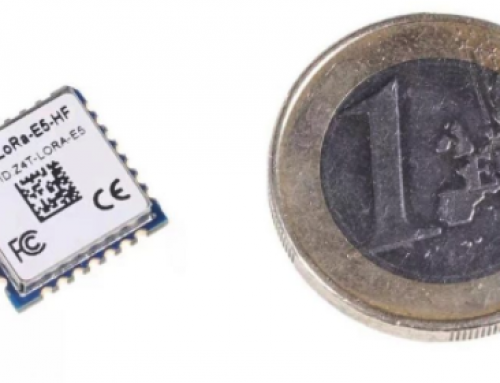
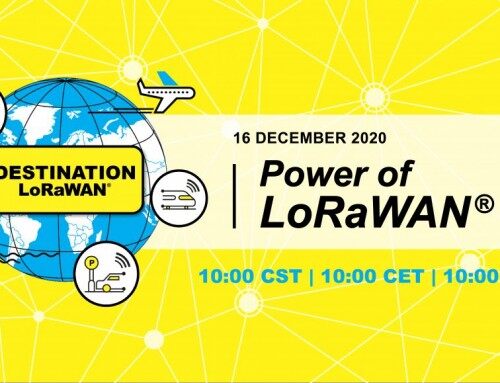
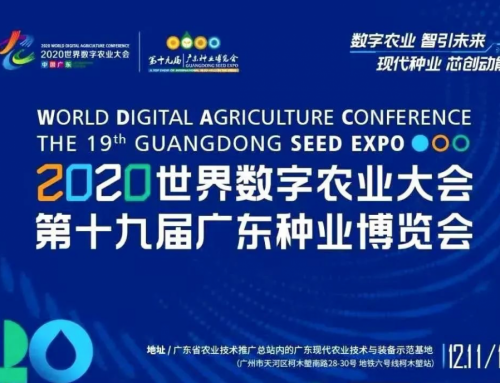
非常好